The Low Pressure Side Of The System Must Not Be Pressurized To More Than
The low pressure side of the system must not be pressurized to more than. 19 rows The low-pressure side of the system must not be pressurized to more than 150 psig because of. As shown in Figure 1 the blow-by flows from the crankcase through. Process operators must have confidence that the pressure-relief system is designed sized and maintained properly.
The type of refrigerant. Instead allow the system pressure to build on its own from the engine heat. The low- pressure side of the system must not be pressurized to more then _____ the low-side design pressure.
NPSHR must be supplied by the pump manufacturer. Click on images to expand the view. The low-pressure side of the system must not be pressurized to more than A.
1 Standing detect while system is off 2 Pressure Dependent detect when system pressure increases 3 Temp dependent detect with heat of expansion 4 Vibration dependent detect while system is running 5 Combination dependent detect with two or more conditions 6 Cumulative microleaks individual leaks that are too small to detect with standard tools. Required fields are marked Comment. The lateral pipe serves as an axle to assist in moving the system sideways by rotation to the next set.
Your email address will not be published. Each pipe section is supported by a large diameter wheel at least 3 ft generally located at the center but can be at. The low-pressure side of the system must not be pressurized to more than 150 psig because of A.
Do not attempt to run higher pressures than your radiator is designed for. Do not pre-pressurize your cooling system. The low-pressure side of the system must not be pressurized to more than 150 psig because ofA.
Name Email. Click here to get an answer to your question the low-pressure side of the system must not be pressurized to more than.
Leave a Reply Cancel reply.
It is important to note that the pressure-relief system might never be used but it must operate effectively every time it is required. The low- pressure side of the system must not be pressurized to more then _____ the low-side design pressure. Instead allow the system pressure to build on its own from the engine heat. Do not attempt to run higher pressures than your radiator is designed for. Special considerations that impact the. Side Roll System A Side roll system is similar to a hand move system except that the wheels are mounted on the lateral. 1 Standing detect while system is off 2 Pressure Dependent detect when system pressure increases 3 Temp dependent detect with heat of expansion 4 Vibration dependent detect while system is running 5 Combination dependent detect with two or more conditions 6 Cumulative microleaks individual leaks that are too small to detect with standard tools. The low-side test pressureD. Can be put in the system at low pressure before the turbocharger or at high pressure after the turbocharger.
The low- pressure side of the system must not be pressurized to more then _____ the low-side design pressure. Name Email. 19 rows The low-pressure side of the system must not be pressurized to more than 150 psig because of. Low Pressure Ingestive System A low pressure ingestive system involves piping the crankcase emissions into the low pressure side of the turbocharger. The type of refrigerant. Click on images to expand the view. Device is not required to be less than the design pressure of the high-side of the system provided the pressure-relief device is 1 located in the low-side and 2 subject to low-side pressure and 3 there is a permanent unvalved relief path between the high-side and the low-side of the system.






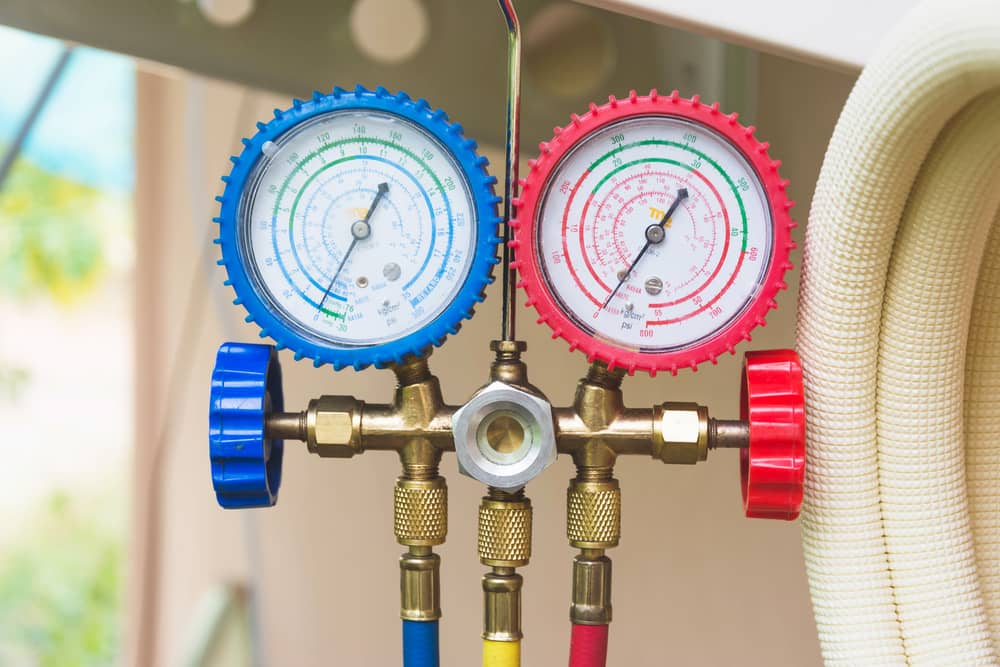





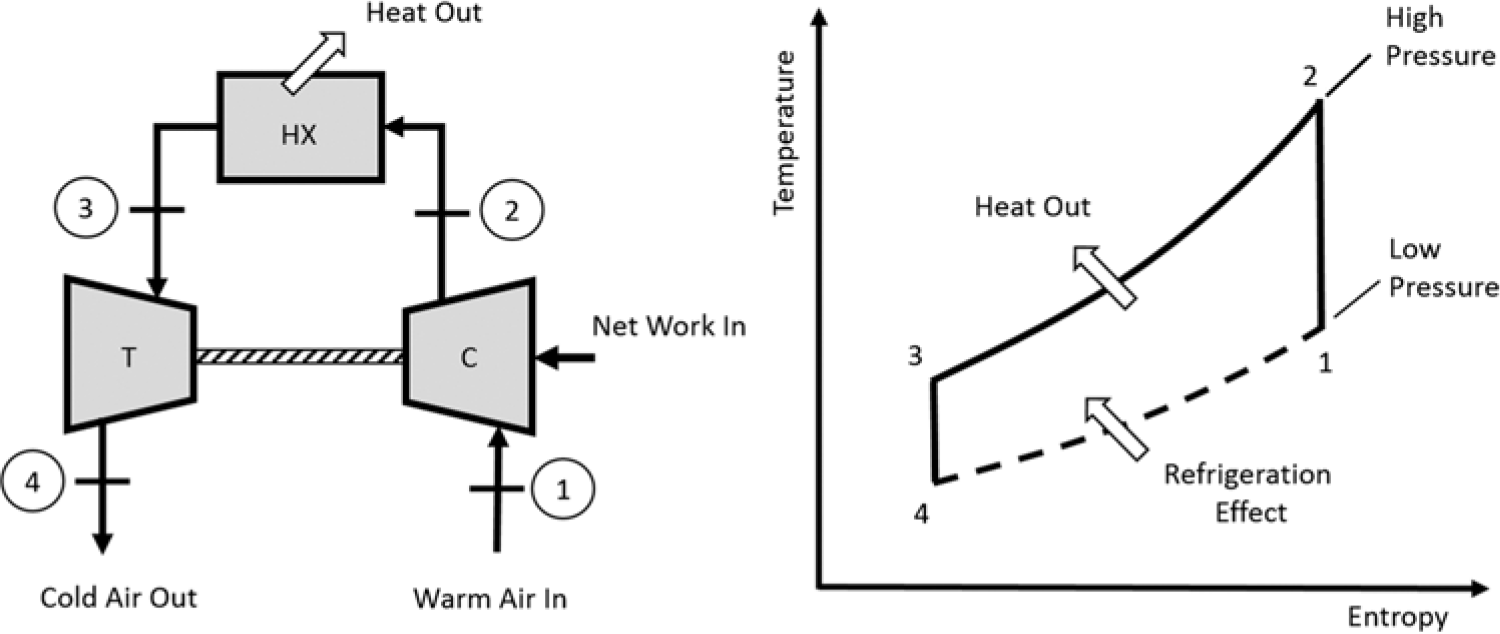


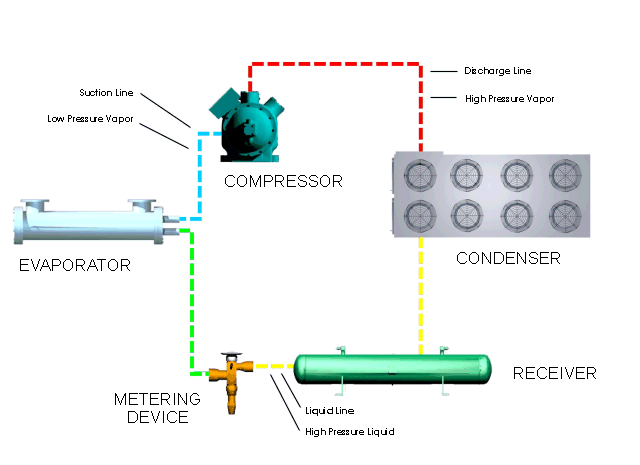


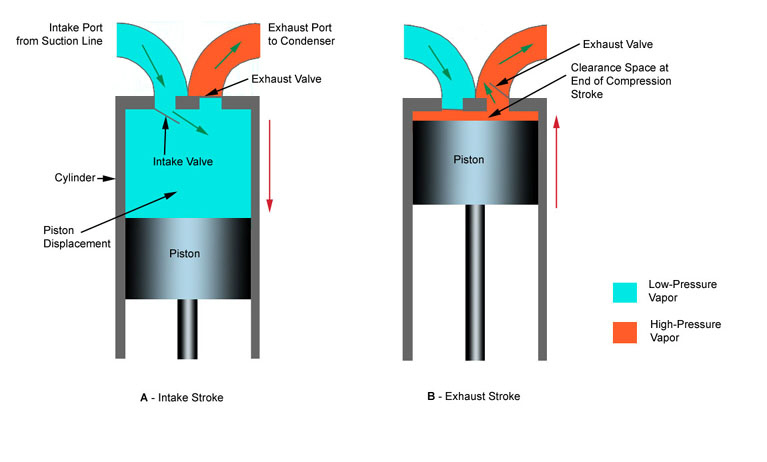
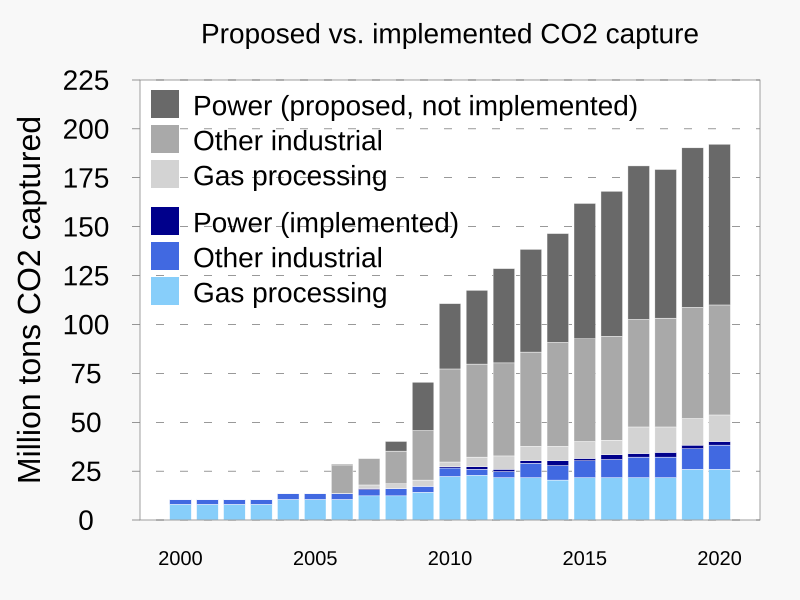
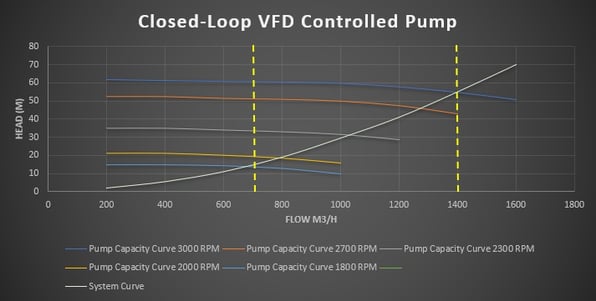







.1).2109200718176.jpg)
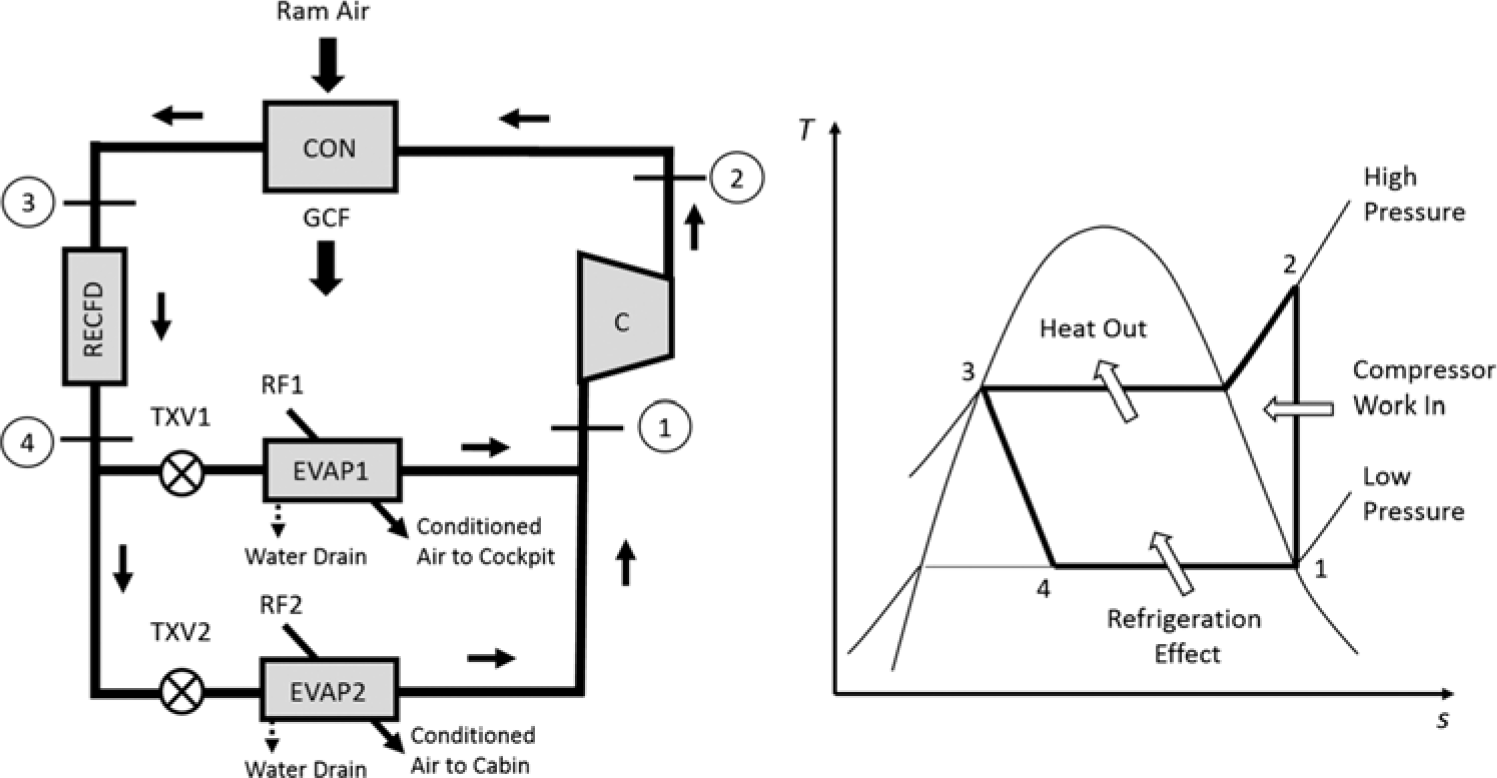

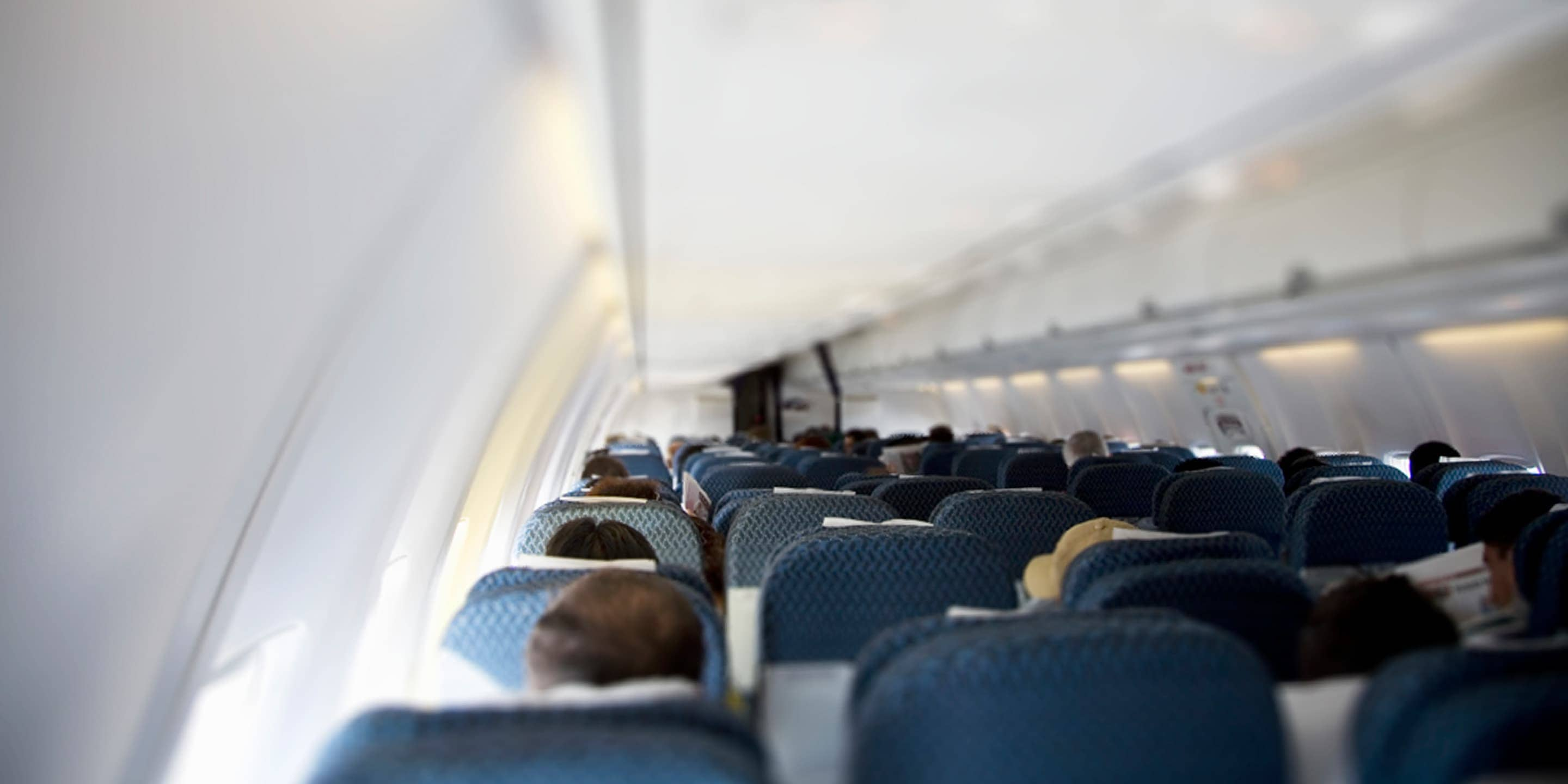

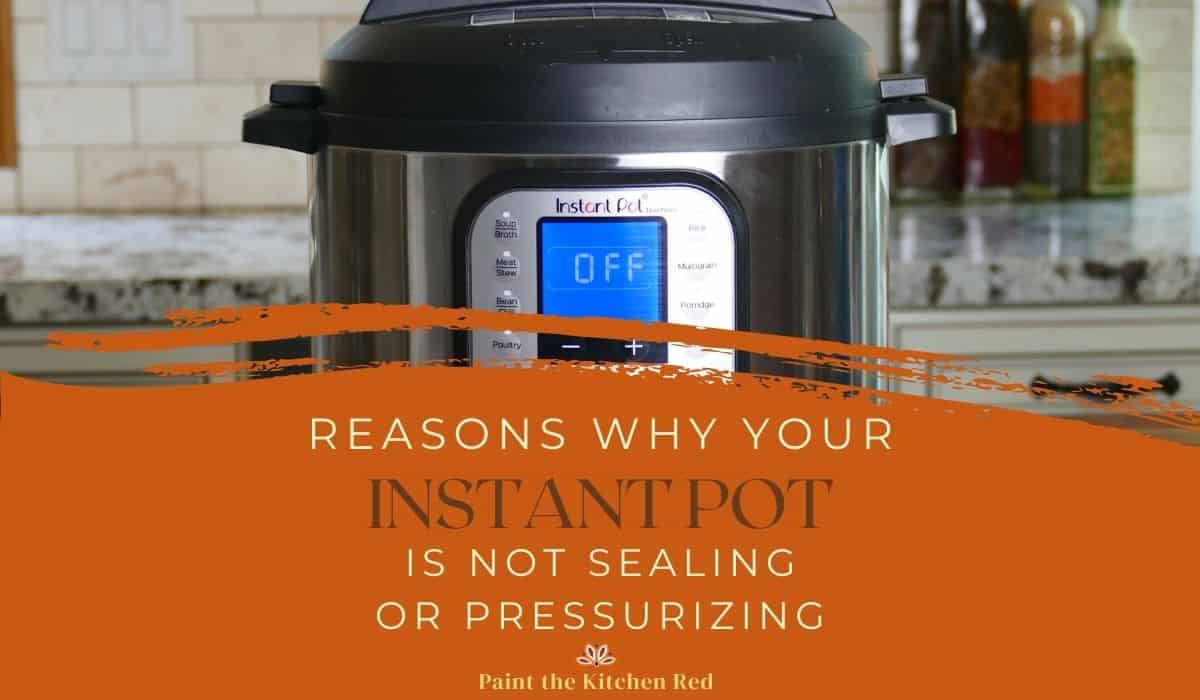






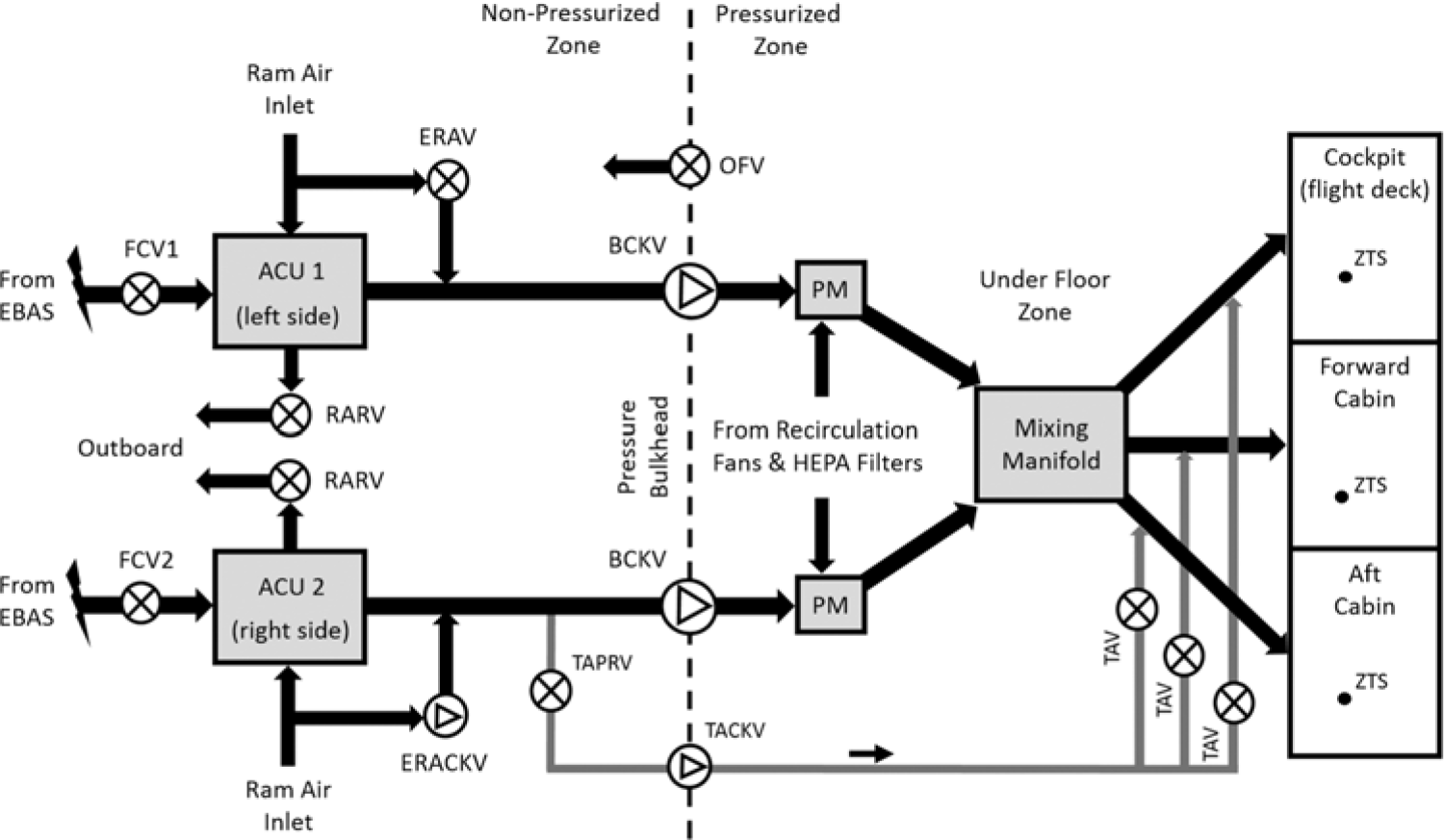
Post a Comment for "The Low Pressure Side Of The System Must Not Be Pressurized To More Than"